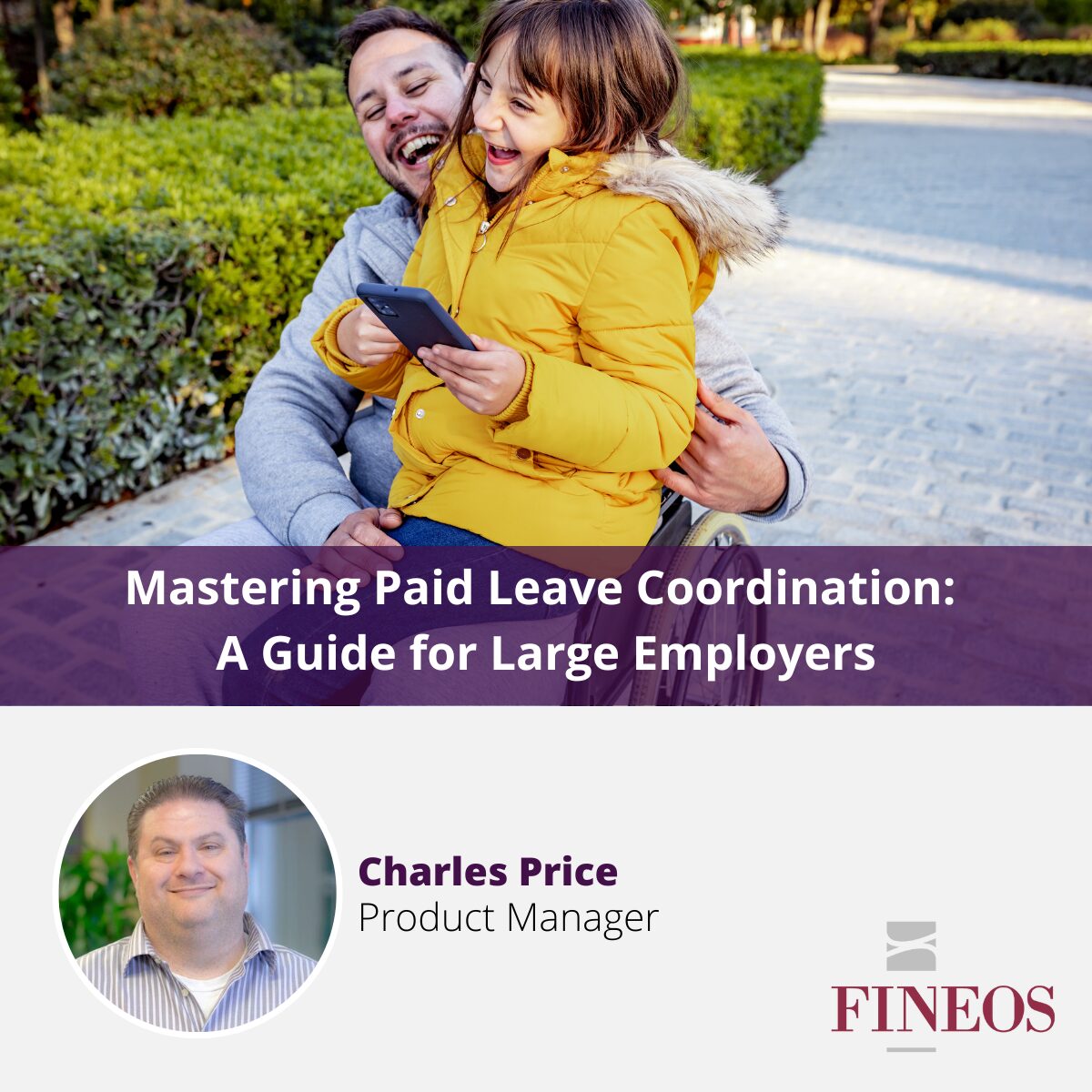With most U.S. states relaxing restrictions and stay-at-home orders, many employees have returned to work or are gearing up to do so soon. Among the hodgepodge of information available from various agencies is a helpful Technical Assistance Questions and Answers webpage published and maintained by the U.S. Equal Employment Opportunity Commission (EEOC). This publication offers guidance on various COVID-19 related employment topics, including several Q&A’s regarding returning to work.
Adhering to ADA Requirements
If you pay attention to social media, you may have seen someone lamenting that their employer’s new screening methods impede their rights under the Americans With Disabilities Act (ADA). However, the ADA actually does permit employers to ask disability-related questions and even conduct medical exams if they’re job related and needed to exclude employees who would otherwise pose a direct threat to health or safety.
A key term is “direct threat,” which is determined based on the “best available objective medical evidence.” In the case of COVID-19, guidance from public health authorities such as the Centers for Disease Control and Prevention (CDC) counts as such evidence. Therefore, if screening methods used by employers are consistent with guidance from the CDC and other health public health authorities for that type of workplace, they are considered in line with the ADA.
Direct Threat
Note that if the employer asserts there is a direct threat, it should be able to show that the employee has a disability that “poses a significant risk of substantial harm to the health or safety of the individual or others that cannot be eliminated or reduced by reasonable accommodation.” (29 C.F.R. section 1630.2(r)) It’s not enough that an employee has one of the CDC-identified conditions; the employer must perform an individualized assessment in determining whether the employee’s specific circumstances pose a direct threat. Considerations include:
- Severity of the pandemic where the employee’s workplace is located
- The employee’s particular job duties
- The employee’s overall health, including whether the health condition is controlled
- The likelihood that the employee would be exposed to the virus at work
- Preventive measures an employer is already taking, such as social distancing
Determining that a direct threat exists is merely the first step. Once a direct threat is established, the employer must consider whether there are reasonable accommodations that would eliminate or reduce the risk enough to allow the employee to perform their essential job functions. Examples of accommodations the employer must consider include, but are not limited to:
- Workplace accommodations that allow the employee to return to the workplace, such as:
- Protective clothing or equipment, such as masks, gloves, gown, etc.
- Installing barriers to separate the employee from others
- Eliminating or substituting non-essential job functions
- Modifying work schedules to decrease contact with others
- Modified screening methods
- Working from home
- Reassignment
- Leave as an accommodation
PPE and Infection Control Procedures
Employers can require employees to wear personal protective equipment (PPE) and follow infection control procedures such as frequent handwashing and social distancing. In some cases, however, an employee may have a disability that prevents them from donning certain protective gear, such as face masks or long gowns. In these cases, employers should engage in the interactive process with employees to determine if a reasonable accommodation can be made without causing an undue hardship on the business.
Higher Risk Employees
If an employee has a medical condition or belongs to one of the high-risk populations that makes serious illness from COVID-19 more likely, the employee or their health care provider can request a reasonable accommodation verbally or in writing. Note that the employee doesn’t need to refer to ADA or use the word “accommodation” to trigger the employer to engage in the interactive process. Once notified of the need, the employer can seek additional information regarding the employee’s needs, including medical documentation certifying that the employee has a disability.
It gets a little more complicated when an employer knows that an employee is in a higher-risk population, but the employee does not request or mention needing an accommodation. In these cases, employers should remember that they are prohibited from taking any adverse action solely because the employee has one the CDC-identified higher-risk health conditions. As mentioned before, the employer would only be permitted to take action if the employee’s disability poses a direct threat to health and safety.
Communication with Employees
Employers do not need to wait until they have an official reopening date to communicate with their employees about returning to work. Employers are permitted to provide information to all employees regarding the accommodation request process. Such notice can include a list of the CDC-identified higher-risk conditions and whom to contact.
Employers should be prepared to handle accommodation requests in accordance with federal employment nondiscrimination laws.
The FINEOS Integrated Disability and Absence Management (IDAM) solution brings together the robust FINEOS Absence, the market-leading FINEOS Claims and FINEOS Payments to develop a single book of record for all absence management related services, including workplace accommodations to facilitate stay-at-work and return-to-work during COVID-19. If you’re ready to simplify the complex landscape of absence management, contact us at info@FINEOS.com.


